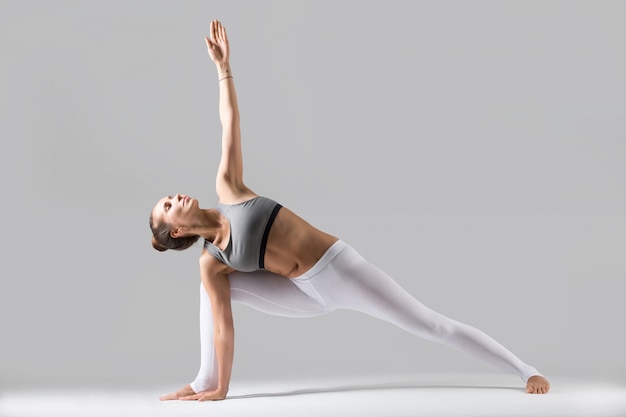
Yoga isn’t just about having flexible limbs; it also offers amazing benefits for our memory, heart, and bone health. Brits are spending around £790 million every year on yoga classes and equipment. While new and quirky yoga practices keep emerging, science is increasingly validating the real benefits of this ancient practice.
Researchers at UCLA have found that a three-month course of yoga and meditation can be more effective than traditional memory exercises at reducing age-related brain impairment. Another study showed that yoga can improve sleep in breast cancer survivors. Lucy Edge, a former advertising executive, turned to yoga to overcome depression rather than using prescribed antidepressants. Her experience led her to write books about yoga and create a website section dedicated to its clinical benefits.
If you usually only exercise your brain with crossword puzzles or Sudoku, it might be time to add a warrior pose. A UCLA study compared the effects of 12 weeks of yoga and memory exercises on adults over 55. Those who practiced yoga showed better improvements in memory, as well as reduced depression and anxiety. Try doing Kundalini yoga, which involves gentle poses, breathing techniques, and meditation. In just one hour a week of practice plus 20 minutes of daily meditation, participants saw significant benefits.
For heart health, yoga might be just as good as traditional exercises like brisk walking. A review published in the European Journal of Preventative Cardiology found that yoga can lower the risk of heart disease. Stress, a major contributor to heart problems, can be effectively reduced through yoga, which in turn lowers blood pressure and heart rate. Dr. Mike Knapton from the British Heart Foundation highlights that yoga helps with emotional health, which is crucial for people recovering from cardiac events.
To reduce stress, restorative yoga is highly recommended. This type of yoga involves holding supported poses for several minutes, offering a break for the nervous system and fast-tracking stress relief.
For those dealing with back pain, yoga can be particularly helpful. Physiotherapist Sarah Shone developed yoga classes for back pain rehabilitation, and 87% of participants reported pain reduction. The National Institute of Clinical Excellence (NICE) even includes yoga as a recommended exercise for lower back pain. If you’re just getting started, opt for gentle styles like Hatha or Iyengar yoga, and discuss any specific health issues with your instructor.
When choosing a yoga mat, consider where you’ll be using it and how often you’ll need to transport it. A thicker mat might be a good investment to protect your joints. Valka Yoga’s Elephant Cork Yoga mat is a great option. Made from eco-friendly materials, it provides excellent grip, especially when wet, and offers good joint support.
Yoga blocks can also help you get into more challenging poses. Cork blocks, like those from Valka Yoga, provide great stability and grip.
No matter your flexibility level, yoga can help you. Beginners might find Yin or Restorative yoga, usually done with supportive props and under candlelight, particularly accessible. Vinyasa Flow offers a more energetic sequence that links postures with breath. Iyengar yoga focuses on alignment and posture precision, making it excellent for newcomers. Anusara yoga combines alignment with flowing movements often accompanied by music.
For those needing therapeutic benefits, Yoga Therapy can help manage injury or illness.
Explore these different styles and see which one suits you best.